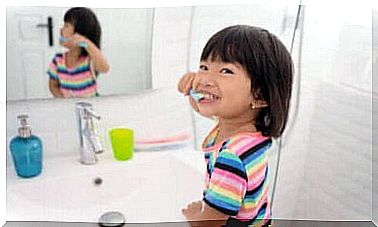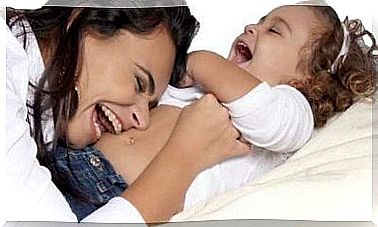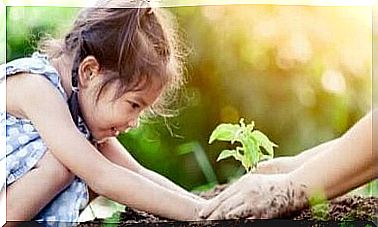Children’s Art Develops Through Different Stages

Since the beginning of time, art and drawing have been a way for people to express themselves, and it is a skill that we develop very early. Children begin to draw shapes from an early age. Like all other activities, children’s art develops through different stages that correspond to their growth and development.
This development takes place in two ways. First and foremost, it reflects cognitive development. As children learn to recognize objects , they memorize them and learn to recognize the shape. Then they can transfer this knowledge to the paper, or in the worst case to the walls.
Second, children develop their fine motor skills. Here it is required that they can use the small muscles in the hands and forearms for activities where great precision and finesse are needed. Of course, drawing is just such an activity.
The different stages of children’s art
Learning takes place gradually. In the following, we will go through the different stages that the children go through until their artistic abilities are fully developed.
1. Scribble stage
The graffiti stage occurs at about 2 years of age. First of all, when the child is not yet attaching much importance to what he or she is doing, we call it uncontrolled graffiti. The child does not control his movements and does not try to depict anything special in his drawings.
A little later, at about three years of age, the child begins to scribble more controlled. Even if the child mainly continues to make different shapes, the coordination ability will be better and the child can focus to get the pen where he / she wants.
Children often give names to the shapes they create, even if they are not particularly like a “dog” or a “house”. That is why it is also called “random realism”.
In the last phase , the child begins to scribble more meaningfully. Now the child is trying to create a specific situation or object, and we can call it “frustrated realism”.
Even if the drawing on the paper does not really resemble what the child says it represents , the child still has an intention to draw a specific shape or figure.
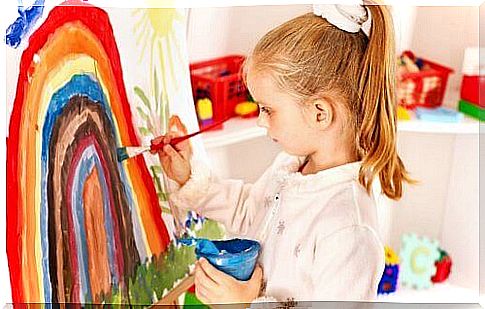
The symbolic stage
This stage occurs sometime between 4 and 7 years of age. Now the drawings are starting to have more recognizable shapes. The child often tries to draw human shapes that represent the child himself or the family that does some activity.
Something remarkable to note at this stage is also how the drawings no longer show individual things but begin to follow a certain pattern. A horizontal line represents the ground, and the sun and clouds appear above the sky.
In addition, colors are also added. They also look reasonably realistic, although this depends a lot on the child’s own preferences.
The realistic stage
As the name suggests , the goal during this stage is to depict things as true to nature as possible. It usually occurs between 8 and 12 years of age. Children can begin to take into account that things can be on top of or under each other, that things can be three-dimensional or be very careful with the details.
The drawings are no longer two-dimensional flat with feet, ears and nose in profile, the walls are no longer transparent and there are no bags or drawers that we can see through.
As the child grows , the precision and coordination also improves, and thus also the ability to draw.
The importance of letting children’s art and abilities develop
During all these stages, it is important to give children space to develop their talents. Here are some tips to help further the process:
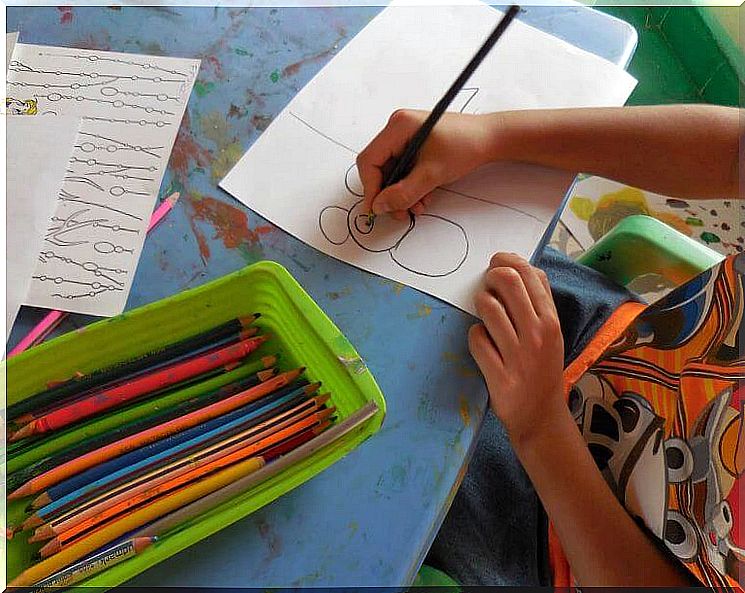
Suitable and available accessories
First of all , it can be a good idea to have paper and pencils within reach so that the children can use them whenever they want. If the children are supervised, you could also offer them tempera paint and watercolor, to further expand all possibilities to be creative.
Patience, tolerance and support
It is also important that you support and encourage your children to improve their drawing skills. Therefore, never judge or criticize their work, and remember that they always do the best they can. It’s okay for kids to just draw because they think it’s fun.
Show interest in the children’s art and development
The different stages of children’s art development also reflect their general development and maturity. In addition, painting also allows children to express their feelings. Through drawings, the children show what they like, their interests, observations and wishes.
So it is high time for you to get the materials your children need to be able to create art. If you already have this, pay attention and try to identify the stage your children are in. And of course you can also have fun with them!
